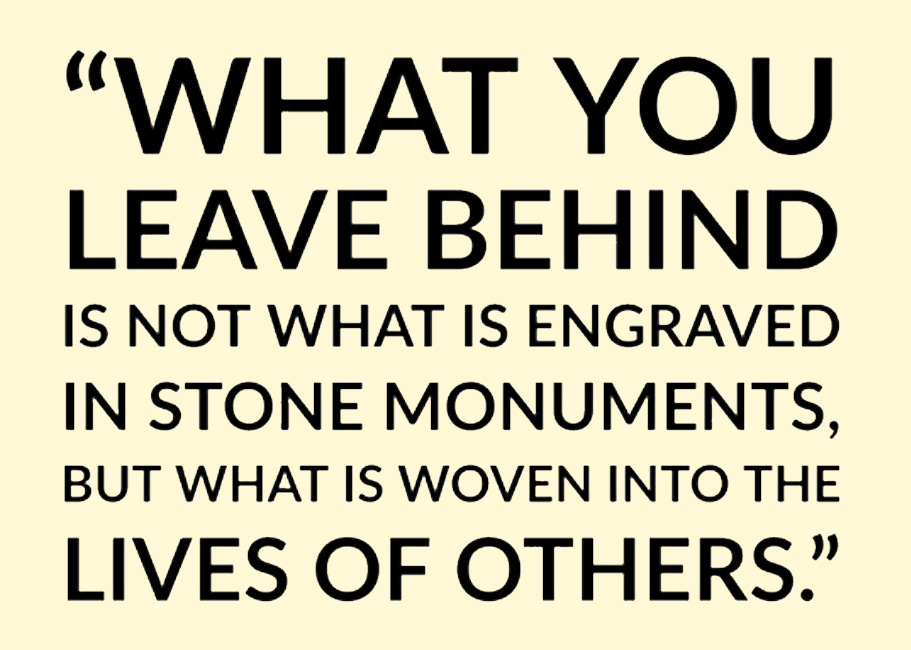Perform a scene from a play … Read a play
Write a poem … Read a poem
Write a fiction short story … Read a short story
Write a journalistic news story … Read the news
Edit your own work … ask someone else to do it
Present a speech … Read a speech
On-demand oral feedback on in-process draft … Take papers home
Learn how to edit a paper … Let teacher do it
Engage in a debate … Watch a debate
Persuade someone to change their mind … Tell them what to do
Show someone a different way of looking at something … Tell someone they are wrong
Show, don’t tell.
Draw a cartoon of writing process … Default to linear process of writing
Train your voice … don’t engage
Train your body … don’t play
Train your mind … don’t think
Make a movie/video … Watch a video
Design a poster … View a poster
Continuous personal feedback from students on a unit … Grades
Plus/Delta on 3x5 card … Final Exam/Essay
Students won’t know if you don’t show them:
Engage them in selecting and presenting a portfolio of their best work for the semester/term.
Engage students using their own preferred learning style
Engage students at the end of a lesson to help you improve the lesson for next time.
Engage students in small groups that leaves nothing to chance — spell it out for them.
Engage students learning how to think about the prewriting and writing process with an open-book quiz.
Coaching is a great teaching strategy
A bench was dedicated a few years ago now to honor my high school journalism, drama, and American Literature teacher Keith Barnhart. It faces toward his old classroom windows at Cloverdale High School in Cloverdale, California, a one-story high school in wine country with several wings and about 300 students, and lower windows that you can still push op…






